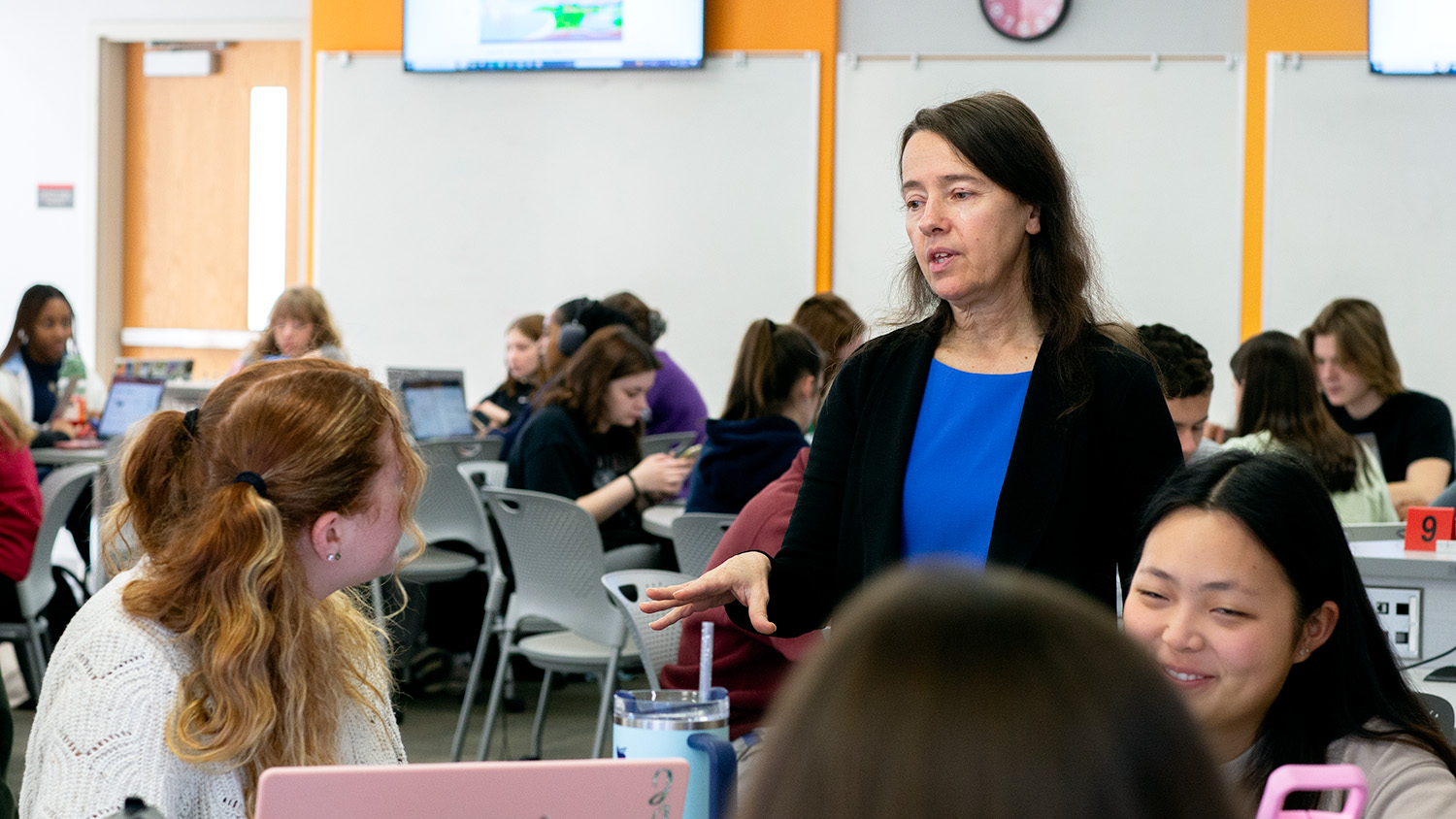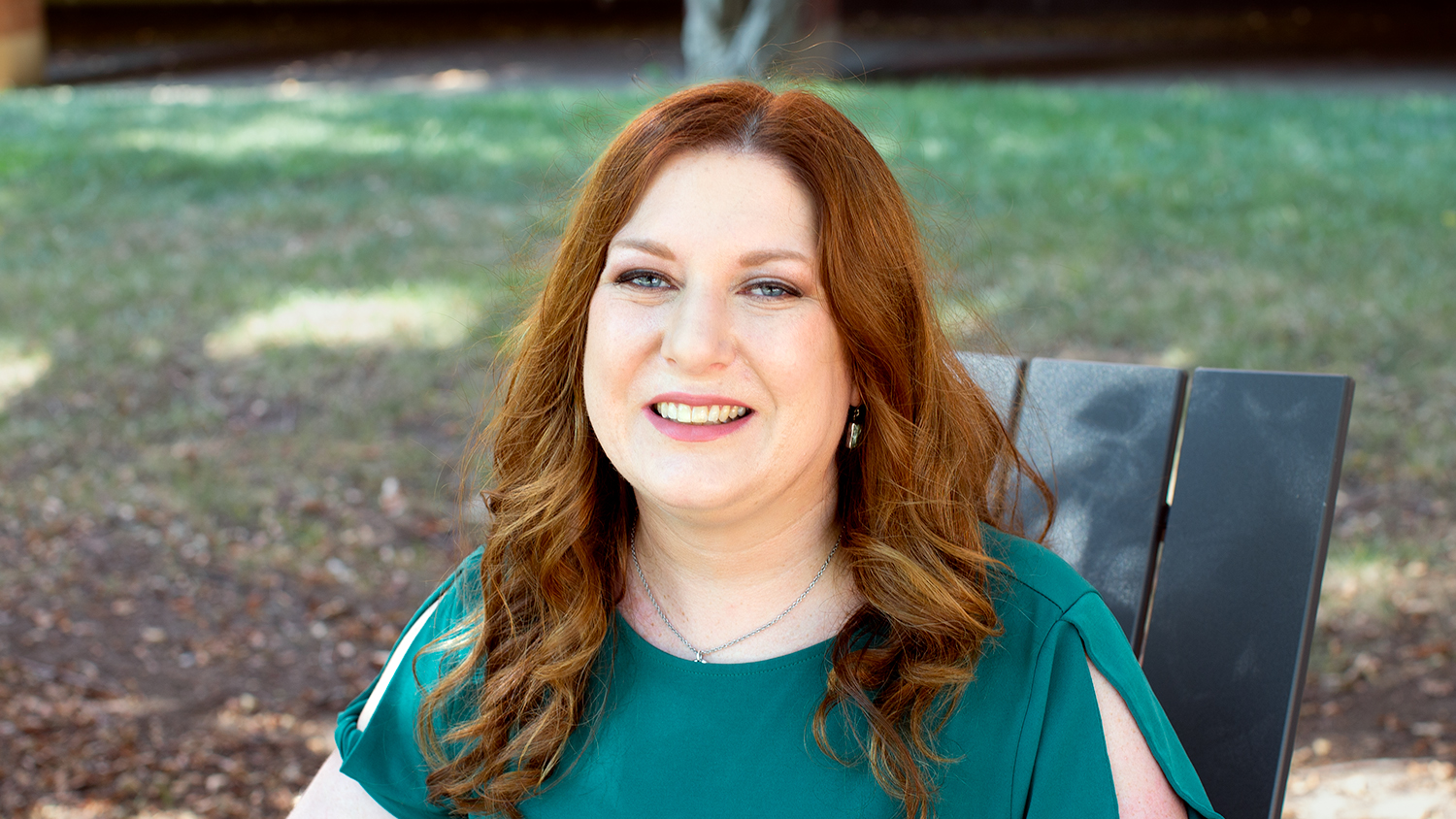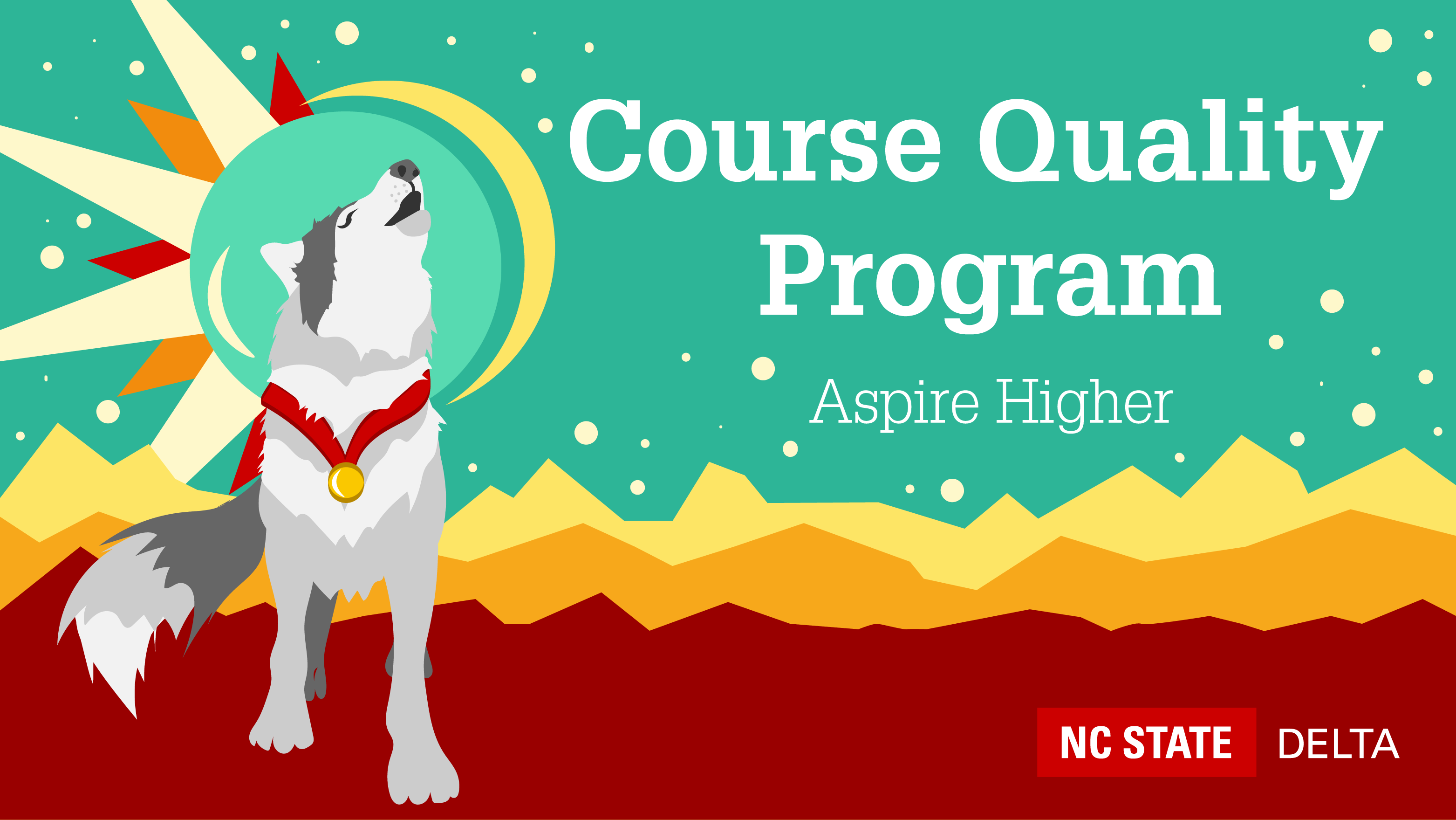Increasing Universal Design for Learning: Perspective from a Faculty Fellow
I suspect that my early educational experiences in high school were similar to that of most of my colleagues, and most of our students. I excelled in high school. I finished near the top of my high school class with little struggle. I simply completed the work, and earned good grades. School was just always easy for me.
Imagine my surprise when I arrived as a freshman at Virginia Tech only to struggle at every turn. Suddenly, not only was I not at the top of my class – I was not even in the top half of my class. Sitting in my 300-person lectures, I could not decipher what it was I needed to know. I was overwhelmed by the amount of material and the level of detail. And semester after semester, my grades were determined by four multiple choice exams, worth 25% of my total grade. Things were not going well! I seriously considered changing my major. Maybe I wasn’t cut out for science.
During Spring semester of my sophomore year, I took a Cell and Molecular Biology course that would finally mark my turning point. This was my first course where the professor implemented a different type of teaching and learning. Yes, we still had exams, but now those exams were not only multiple choice. We were asked to diagram processes and design experiments. But by far, the most impactful learning for me is what came after exams.
After each exam, we were allowed to go back through our exams to correct our incorrect answers in order to earn half-credit back. Not only did we have to make corrections, we had to provide written explanations detailing why our previous answers were incorrect. Then, in small groups, we had to attend office hours with our professor to talk through the entire exam. Now, on the other side of this, I shudder to think of how long this endeavor must have taken our professor to carry out for her class of over 150 students.
This class impacted me in so many ways. The exams were being repurposed from a one-time, high-stakes assessment into a learning activity that allowed for revision, student reflection, and rehabilitation of inadequate study habits. For the first time, I was being shown how to study, and being given the opportunity to practice this critical skill. I learned to pace my studies, setting aside a little time each day to devote to each class. I began to take and remake my notes – drawing out pathways and diagraming experiments. And yes, the grade boost helped incentivize me too.
Perhaps most importantly, it showed me that I was capable. I was not inherently bad at science, I had just been approaching it all wrong. With my newly gained study skills, I excelled in my advanced coursework. And you know what, it didn’t feel like work. It felt exhilarating to learn and understand the molecular biology of the microbial world. It was just all so cool.
When I advise students, I will frequently hear students say, “I like microbiology, but I’m starting to think I’m not cut out for this.” Our students take a heavy load of biological sciences, chemistry, and physics, often before they ever take their first microbiology course. Now on the other side of this, I often wrestle with questions of how we can better educate all of our students. Perhaps it is no surprise that I have come to embrace the ideas of Universal Design for Learning.
The principles of Universal Design are rooted in the design of the physical environment. Developed by Dr. Ronald Mace, founder of the NC State Center for Universal Design, the fundamental tenet holds that designed products and physical environments should be accessible and barrier-free to as many people as possible. There are several well-known examples that highlight the utility of universal design from curb cuts, to captioning, to the OXO Good Grips brand of kitchen utensils – all were envisioned as modifications to increase accessibility to certain individuals, but have found widespread success and utility in the wider population.
The Universal Design framework has since been applied to education and learning. Universal Design for Learning (UDL) is a proactive approach to the creation of learning materials and environments meant to enhance inclusion for all learners and learning styles, rather than the more common accommodation-based approach that retroactively adjust materials or environments for students with impairments or disabilities. The UDL framework provides guidelines to help educators implement the themes of UDL in their classrooms. These guidelines include providing students with multiple means of engagement, multiple means of representation, and multiple means of expression.
I am by no means an expert in UDL or its implementation in educational settings. However, as a student who experienced struggles as I attempted to learn in circumscribed ways, I value this approach to teaching and learning. What are some of the ways that we can increase UDL in our classes?
Here are three small steps that you can take….
Tell your students what you expect them to know – Provide learning outcomes.
This should not be a secret! You should tell your students exactly what material you will be assessing them on by providing measurable learning outcomes to help students focus their studies.
Captioning all of your videos.
It’s easy, I promise. You can host your videos on YouTube, which provide automatic captioning. Or, you can apply for an OIT Captioning Grant that provides funds to pay for captioning.
Ask your students how the course is going.
The courses I teach are constantly evolving to embrace more UDL. This is a direct result of me asking my students what else I can provide to them to help support their learning. I personally hate reading large amounts of text content, and I am perfectly content to listen to a lecture. It honestly never occurred to me to provide lecture scripts to my students until my students told me that they thought it would help them learn. Now students can access the same information, whether they choose to access it by listening or reading.
UDL implemented at an early point in my academic training helped me succeed and become the scientist and educator I am today, and I hope you’ll consider increasing UDL in your courses. Start with the three small steps and you’ll be well on your way to creating course environments meant for all learners and learning styles.
*Melissa Ramirez is a Teaching Assistant Professor in the Department of Biological Sciences in the College of Sciences and a DELTA Faculty Fellow.
- Categories:


